Forensic Chemistry: Fundamentals and Applications (Forensic Science in Focus) 1st Edition
Forensic Chemistry: Fundamentals and Applications (1st Edition) by Jay A. Siegel is a groundbreaking resource that delves into the scientific principles and real-world applications of forensic chemistry. Designed for students, forensic professionals, and criminal investigators, this book provides a detailed and practical approach to understanding how chemistry plays a pivotal role in solving crimes.
Key Topics Covered in the Book
1. Introduction to Forensic Chemistry
- The history and evolution of forensic chemistry.
- Fundamental principles of chemical analysis in forensic science.
- Overview of forensic laboratories and investigative techniques.
2. Analytical Techniques in Forensic Science
- Importance of chromatography, spectrometry, and microscopy in forensic analysis.
- Gas Chromatography-Mass Spectrometry (GC-MS) for drug identification.
- Role of Fourier Transform Infrared Spectroscopy (FTIR) and Atomic Absorption Spectroscopy (AAS).
3. Forensic Toxicology and Drug Analysis
- Detection of drugs, poisons, and toxic substances in biological samples.
- Analysis of illicit drugs and pharmaceutical compounds.
- Case studies on drug-related forensic investigations.
4. Fire and Explosives Investigation
- Chemical analysis of fire debris and detection of accelerants.
- Examination of explosives and post-blast residues.
- Role of forensic chemistry in arson investigations.
5. Trace Evidence and Materials Analysis
- Identifying fibers, paints, gunshot residues, and glass fragments.
- Techniques for analyzing soil, pollen, and environmental samples.
- Importance of forensic microscopy in crime-solving.
6. Biological Evidence and DNA Analysis
- Forensic serology and bloodstain pattern analysis.
- The chemistry behind DNA extraction and profiling.
- Application of forensic genetics in criminal cases.
7. Crime Scene Investigation and Case Studies
- Step-by-step procedures for collecting and preserving chemical evidence.
- Real-life forensic case studies showcasing chemical techniques.
- Legal and ethical considerations in forensic investigations.
Who Should Read This Book?
- Forensic science students looking for a foundational understanding of forensic chemistry.
- Crime scene investigators seeking insights into chemical analysis methods.
- Law enforcement professionals involved in criminal investigations.
- Forensic toxicologists working on drug and poison analysis.
- Legal professionals and attorneys interested in forensic evidence interpretation.
Conclusion
Forensic Chemistry: Fundamentals and Applications (1st Edition) by Jay A. Siegel is an indispensable resource for forensic science professionals and students. Combining scientific rigor with real-world case studies, this book provides a comprehensive guide to the role of chemistry in crime-solving. Whether you’re studying forensic chemistry, working in a forensic lab, or involved in criminal investigations, this book will enhance your knowledge and skills in forensic applications.
you may like .https://natashabookstore.com/books/world-history/
Product details
- ASIN : B0713T33Z3
- Publisher : Wiley-Blackwell; 1st edition (October 5, 2015)
- Publication date : October 5, 2015
- Language : English
- File size : 41191 KB
- Text-to-Speech : Enabled
- Enhanced typesetting : Enabled
- X-Ray : Not Enabled
- Word Wise : Enabled
- Sticky notes : Not Enabled
- Print length : 530 pages

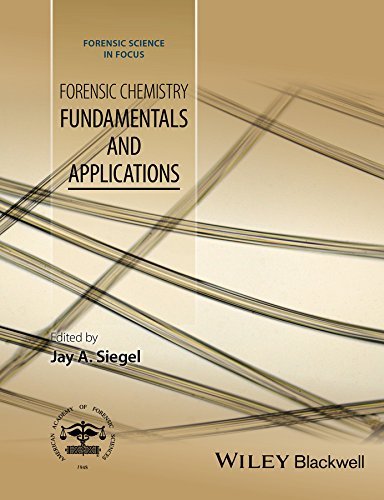
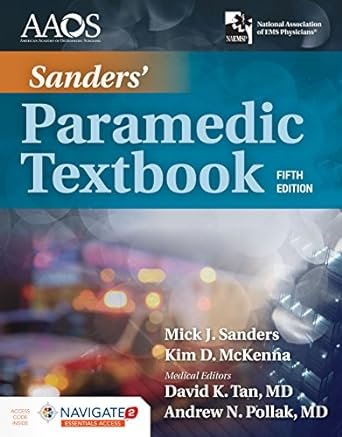

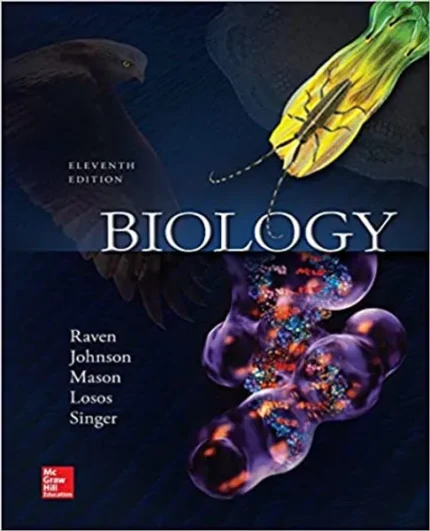
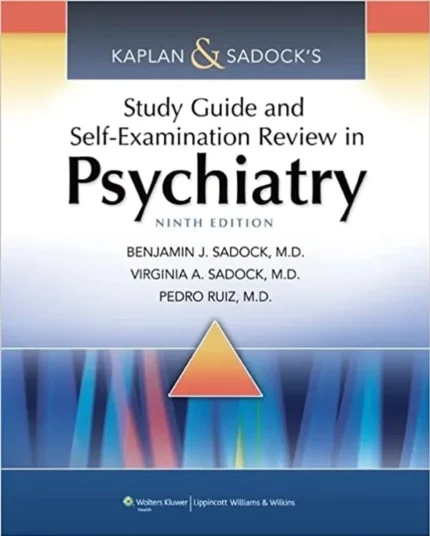
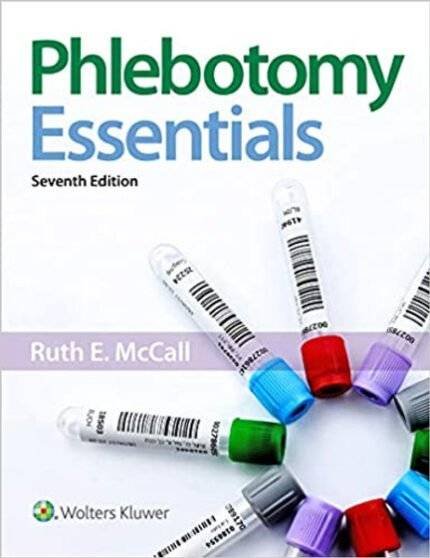
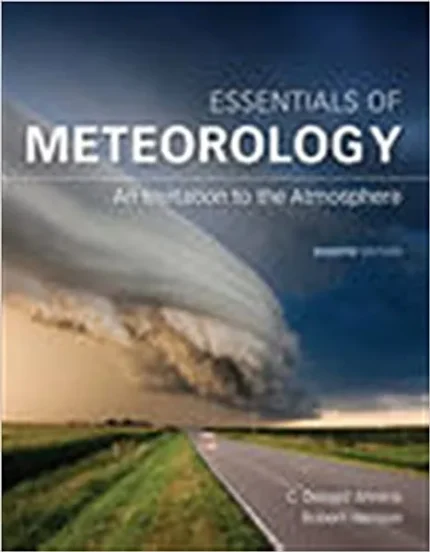


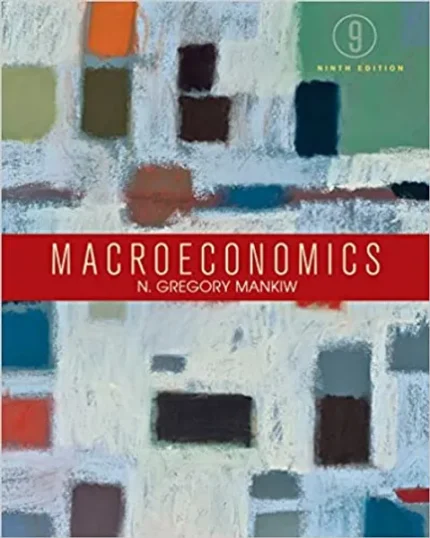
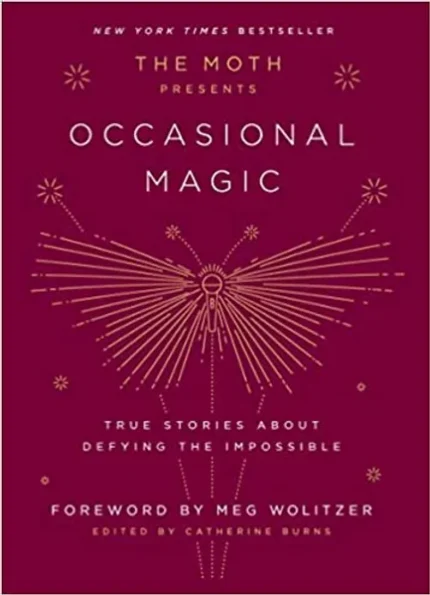
Reviews
There are no reviews yet.